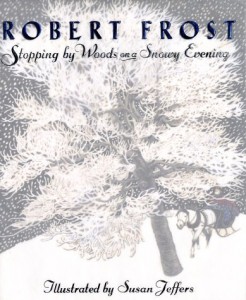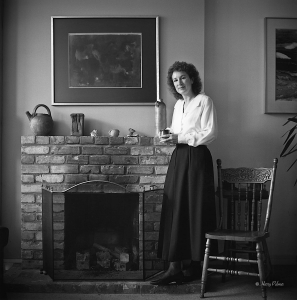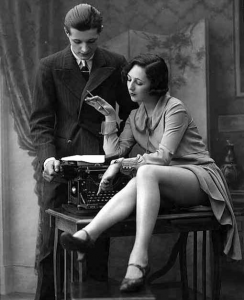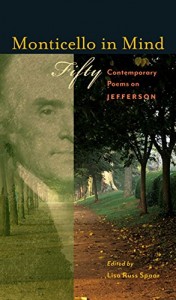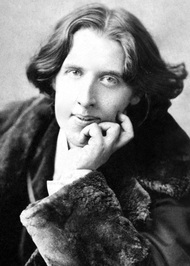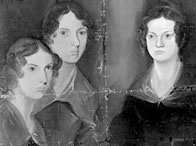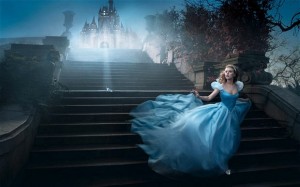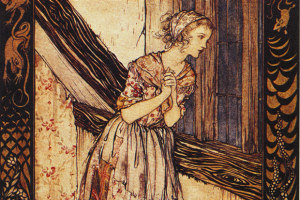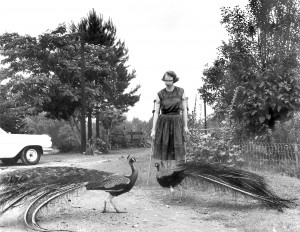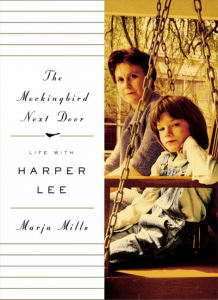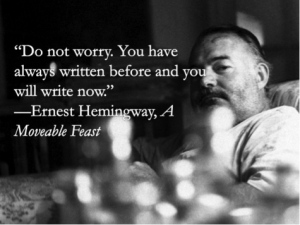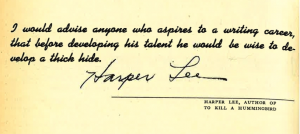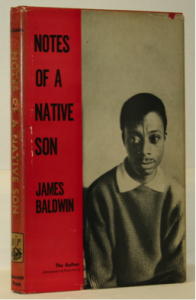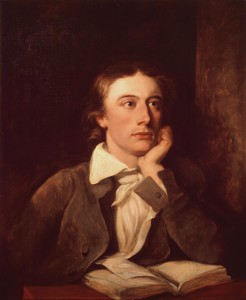by Caroline Todd
Generally, it’s hard for me to pick favorites. If I’m asked, my “favorite” movie or TV show is bound to be the one I’ve seen most recently. Books, though, are easy: hands down, my favorite is F. Scott Fitzgerald’s The Great Gatsby. The quintessential English major answer, I know, but it’s well-loved for a reason – it’s so, so good. Artistically speaking, it’s one of the most gorgeous books I’ll ever read and I come back to it again and again for its language alone. I’ve read it several times now, all in different seasons of my life, and I find more in it to unpack every time I open it. Like Edith Wharton writes in The Age of Innocence, Gatsby never fails to “happen to me all over again.” I lose myself in Fitzgerald’s delicious prose, to be sure, but that’s only half the fun. The most important part is discovering something new, and the purity of feeling I experience in the process, every time I reread it.
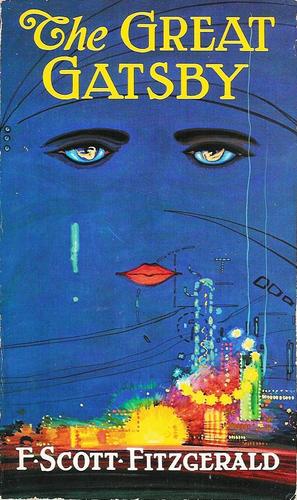 I received Gatsby as a Christmas present from my grandmother when I was in ninth grade and I read it for the first time on a plane to New York a few days later. Of course, fifteen-year-old me didn’t really understand what went on in the novel. It went pretty far over my head, as it tends to do. It took another try my junior year of high school to begin to grasp the major themes Fitzgerald presents. But looking back on it, I kept some distance from the narrative for a whole host of reasons – it’s certainly not as simplistic as some high school teachers present it to be. Gatsby is so much more than color symbolism of whites, golds, yellows, and the ever-infamous greens, and that’s difficult to convey to the average sixteen-year-old.
I received Gatsby as a Christmas present from my grandmother when I was in ninth grade and I read it for the first time on a plane to New York a few days later. Of course, fifteen-year-old me didn’t really understand what went on in the novel. It went pretty far over my head, as it tends to do. It took another try my junior year of high school to begin to grasp the major themes Fitzgerald presents. But looking back on it, I kept some distance from the narrative for a whole host of reasons – it’s certainly not as simplistic as some high school teachers present it to be. Gatsby is so much more than color symbolism of whites, golds, yellows, and the ever-infamous greens, and that’s difficult to convey to the average sixteen-year-old.
This time around, though, was special. Re-reading the novel in a college classroom this term has enriched my understanding of Gatsby like nothing else could. On the first day of class my professor acknowledged that our reading list included classics like The Sun Also Rises and The Sound and the Fury, which many of us had read before. The important thing to realize, he told us, was that we approach works differently when we re-read them. Obviously that differs with age and the intellectual exposure to literature at a deeper level, but it’s also dependent on what we’re going through at certain points in our lives. After a breakup or a family trauma, for example, the anxiety that marks modernist works like Gatsby feels even more despairing.
Take, for example, what just might be my favorite paragraph I’ve ever read:
When they met again two days later it was Gatsby who was breathless, who was somehow betrayed. Her porch was bright with the bought luxury of star-shine; the wicker of the settee squeaked fashionably as she turned toward him and he kissed her curious and lovely mouth. She had caught a cold and it made her voice huskier and more charming than ever and Gatsby was overwhelmingly aware of the youth and the mystery that wealth imprisons and preserves, of the freshness of many clothes and of Daisy, gleaming like silver, safe and proud above the hot struggles of the poor.
It’s beautiful, sure, but there’s an underlying sadness to it that sends my heart plummeting all the way to my stomach. Nick Carraway narrates this passage to us after Gatsby realizes Daisy’s voice, one of her most charming features, is “full of money.” The language used to describe their encounter in this passage, ripe with objectification, contrasts wildly from the idealistic terms he uses to describe Gatsby’s love earlier in the novel. I can’t help but think that maybe it’s not Daisy Gatsby loves so much after all, but the idea of the lifestyle, “bright with the bought luxury of star-shine,” she leads, and Nick’s language suggests that that’s what he feels to be the case as well. But ever the tragic hero, Gatsby makes Daisy his “grail” anyway, and he follows his quixotic mission to the grave. And Gatsby’s untimely death suggests that a figure with his level of idealism can’t survive in the twentieth century no matter how hard he tries.
Though that’s certainly not a cheerful thought, the best literature is supposed to open us up to the highs and lows of human experience. It makes you think even if it tells you something you don’t want to hear. And Gatsby, all about the inability of Jay Gatsby’s “extraordinary capacity for hope” to survive in a postwar social order, is a 189-page sucker-punch to the gut. I’ve hung my head and ugly-cried over it too many times to count. Sometimes the beauty of Fitzgerald’s language is what gets me. Other times it’s the sheer desperation of Gatsby’s futile quest for Daisy that leaves my chest feeling hollow. Or maybe those first signals of their relationship’s end hit a little too close to home.
No matter where we come from, we bring our own lives to a text similar to the way authors do. The richer our own experiences, the more potential we have to connect with the slice of an author’s life we’re presented with in a text. Reading is more rewarding when we bring something to the table, too. Though I’ve got a year and a half until my college graduation and I’m not in a position to wax philosophical about days gone by, I have been around the block a few more times than the high school version of myself who read The Great Gatsby in AP Language class. Regardless, at a fundamental level, our experiences have just as much to do with the way we read as authors’ intended effects do. And that’s what makes reading so fulfilling. Books like The Great Gatsby stick around because they force us to confront what it means to be human. Because the best literature gets personal.


